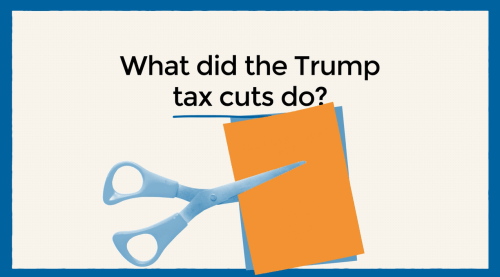State and local governments have been in the news lately, and not in a good way. State budget gaps are opening up again, less than halfway into the fiscal year. Local governments are bracing for state aid cuts and property taxes that reflect depressed market values. Sovereign debt crises abroad and looming state and local pension and other retiree obligations at home have some observers wondering about similarities to the subprime mortgage meltdown.
It’s enough to turn anyone into a Grinch. But is it really time to run for the hills? Here are a few reasons for calm, if not outright holiday cheer.
First, despite a few high profile cases of municipal distress, U.S. states and localities are not the next Greece. State and local borrowing represents about 16 percent of GDP, nothing like the debt burdens of troubled Eurozone countries like Portugal (76 percent), Ireland (66 percent), Italy (116 percent), or Greece (127 percent).
State and local debt also has a different maturity structure. Nearly all state and local borrowing (98 percent) is long term and used to build highways, bridges, rail lines, etc. (States and localities account for three quarters of U.S. infrastructure spending even without counting spending from federal grants.)
State and local debt service payments are predictable – usually the same amount each year – and include both principal and interest, so there is little danger of having to borrow to pay off accumulated debts, or “rollover risk.” Debt service payments are also far from busting state and local budgets, at less than 4 percent of total annual expenditures.
Second, revenues are picking up. Tax receipts were about 5 percent higher in the third quarter compared to the same time a year ago. Of course, much of this increase was due to rate increases adopted last year to help close state budget gaps. Many of these changes will expire next year, along with federal stimulus funds. Nevertheless, we have now seen three consecutive quarters of revenue increases, a welcome change from historic drops in 2009.
It’s also important to remember that not all state and local governments are in the same boat. Some started the recession worse off than others – Michigan’s peak revenue year was not 2008 but 2000 – and some are emerging more quickly.
Despite the cheer, some real challenges lie ahead. Illinois has a mid-year state budget shortfall of $13 billion, or 47 percent of its General Fund. California faces a $25 billion budget gap next year and shortfalls of roughly the same order through 2016.
As mentioned earlier, future pension and retiree health care obligations have been estimated at up to $4 trillion. Because of rising health care costs and aging populations – the same pressures busting the federal budget – the Government Accountability Office projected shortfalls of 5 to 6 percent of GDP by 2060 even before the recent crisis.
What is to be done? By now, governors in most states have formed commissions to identify productivity enhancements or improvements to the tax code (such as extending sales taxes to services, which now account for most consumer spending but are largely untaxed). They have also pursued cost savings through prison sentencing reforms, school district consolidations, and compensation restructuring among other actions.
These are moves in the right direction, but probably not enough to close large expected budget gaps in 2012 and 2013. State and local revenues tend to lag economic recovery and this recovery appears especially sluggish. It is not the V-shaped upswing we all wished for last holiday season.
As a result, there will be no avoiding hard choices in the nation’s state capitols, cities and towns. These choices will take place against a backdrop of voter discontent. Residents of budget-challenged states feel they are headed in the “wrong direction.” National polls suggest that voters reject any actions to balance state budgets, including spending cuts, tax hikes or a federal bailout.
Elected leaders must try harder to show the value of public services. Too few Americans understand where their tax dollars go and for what purpose. This is especially true at the state and local level, where budget transparency can be weak. Even the best budgets rarely explain tradeoffs between taxes and services. Voters are given little information on what they spend and why—costs per school-age child, for example, or specific benefits for state workers.
For all those Christmases to come, voters might start asking for more than the bright wrapping.

Commentary
The Debts That Stole Christmas?
December 17, 2010